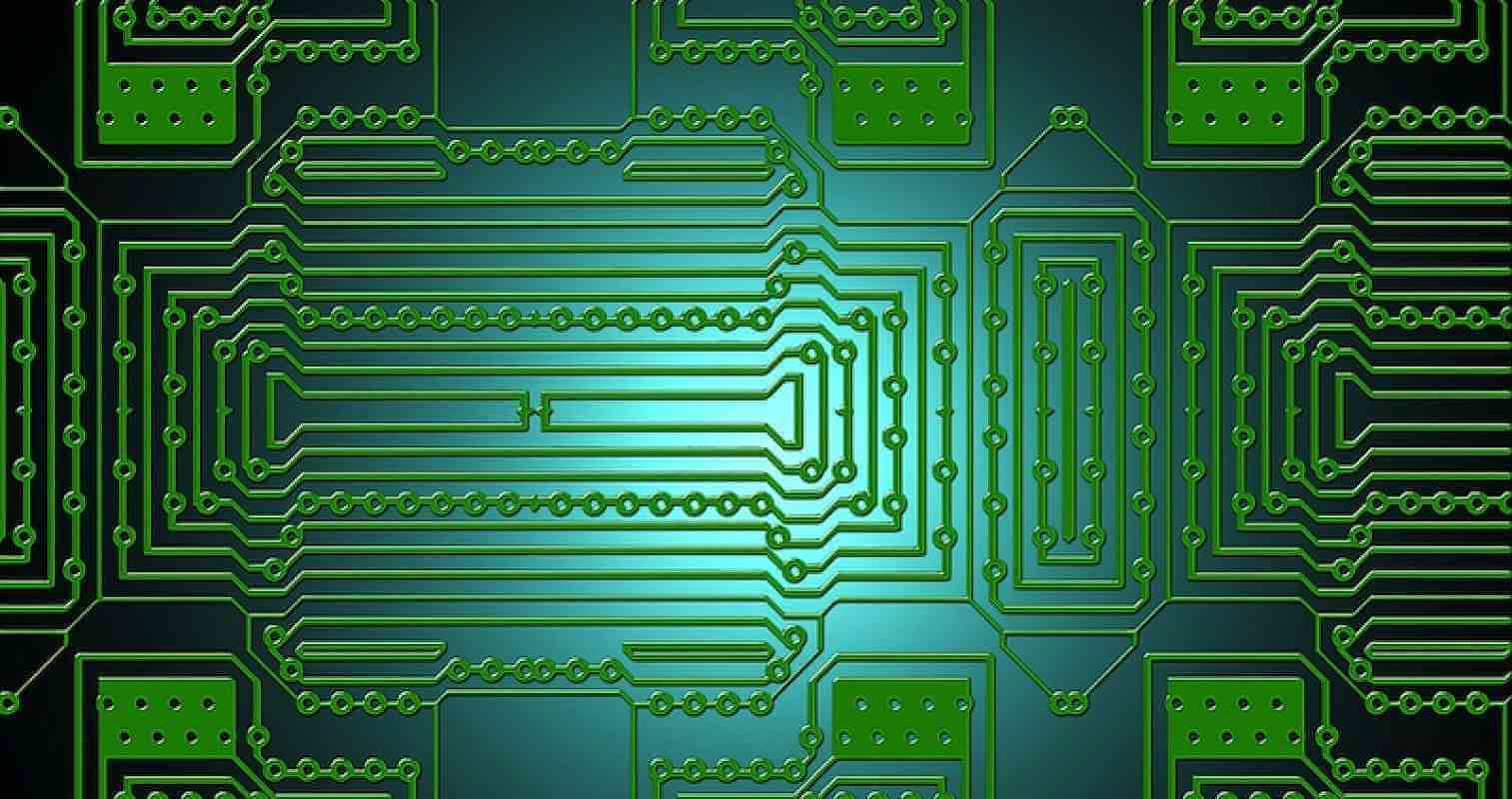Advanced controls for heating, ventilation and air conditioning have taken home technology to another level. HVAC use sensor mechanism and the control strategy that is linked to a server system, it is able to able modulate temperature levels, flow rates, capacity and many more. This technology also can continuously adapt operations to suit the demand and detect faults which require maintenance.
Most researches conducted to demonstrate the efficiency of systems in building they are harnessed. For example, the Buildings Performance Institute Europe- BPIE (2017) indicates that building automation can reduce energy usage by around 27% when installing in households and smart technology save energy consumption in offices to an average of 23%. The International Energy Agency (IEA) considers the smart control of the systems as the best energy saver system in buildings. As per IEA:
- The Smart systems are capable of allowing demand control through improving the response of the systems to the needs ventilation, heating and cooling.
- The system can embed, in addition to offering impeccable sensor services, getting the knowledge how their algorithm commands work, can equip users on their building’s use.
- Smart systems have communication commands which enable them to pass information on how they operate energy use and energy efficiency. These information responses allow users to- consumers, building managers, building owners, and energy grid managers to know the condition of the structures in order to adjust the system, for instance, regulating temperatures, on and off time operations and more.
What Makes Smart HVAC Crucial in Buildings?
Smart technology systems significantly minimize energy costs, reduce the workload on facilities staff and homes, offers comfortable conditions for employees, and easy control of room atmosphere from the palm of your hand. Like all forms of smart building technology, the smart systems contain sensors that integrate with the building automation system. Sensors collect data about the condition of the entire building. Other tools control temperature, humidity, air flow to ensure optimal comfort in the building while reducing energy consumption significantly.
Below are Some of the Components that make HVAC System Smart:
- Thermal sensors: They are strategically positioned to detect differences of conditions experienced in every zone of your space. Data collected from the condition detected will enable the thermo-sensors to regulate conditions throughout the day.
- CO2 sensors: When the levels of CO2 increase in your space, smart system has CO2 sensors which will detect the amount of the gas and increase levels of fresh air supplied into space. This technology provides a significant impact on the workforce well-being.
- Light sensors: Variation of the light intensity experienced in the daytime from one part of the building to the other can cause havoc on the functionality of your system. To curb this situation, sensors detect ambient light in the room and adjust your smart system and general lighting of your space accordingly.
- Demand Controlled Ventilation (DCV): The DVC is a smart AC technology mechanism which allows you to regulate building conditions based on data collected on the occupancy sensors. Once utilization level drops up to a certain point of design-based occupancy rates, ventilation equipment will reduce outdoor air intake which will conserve your energy usage.
